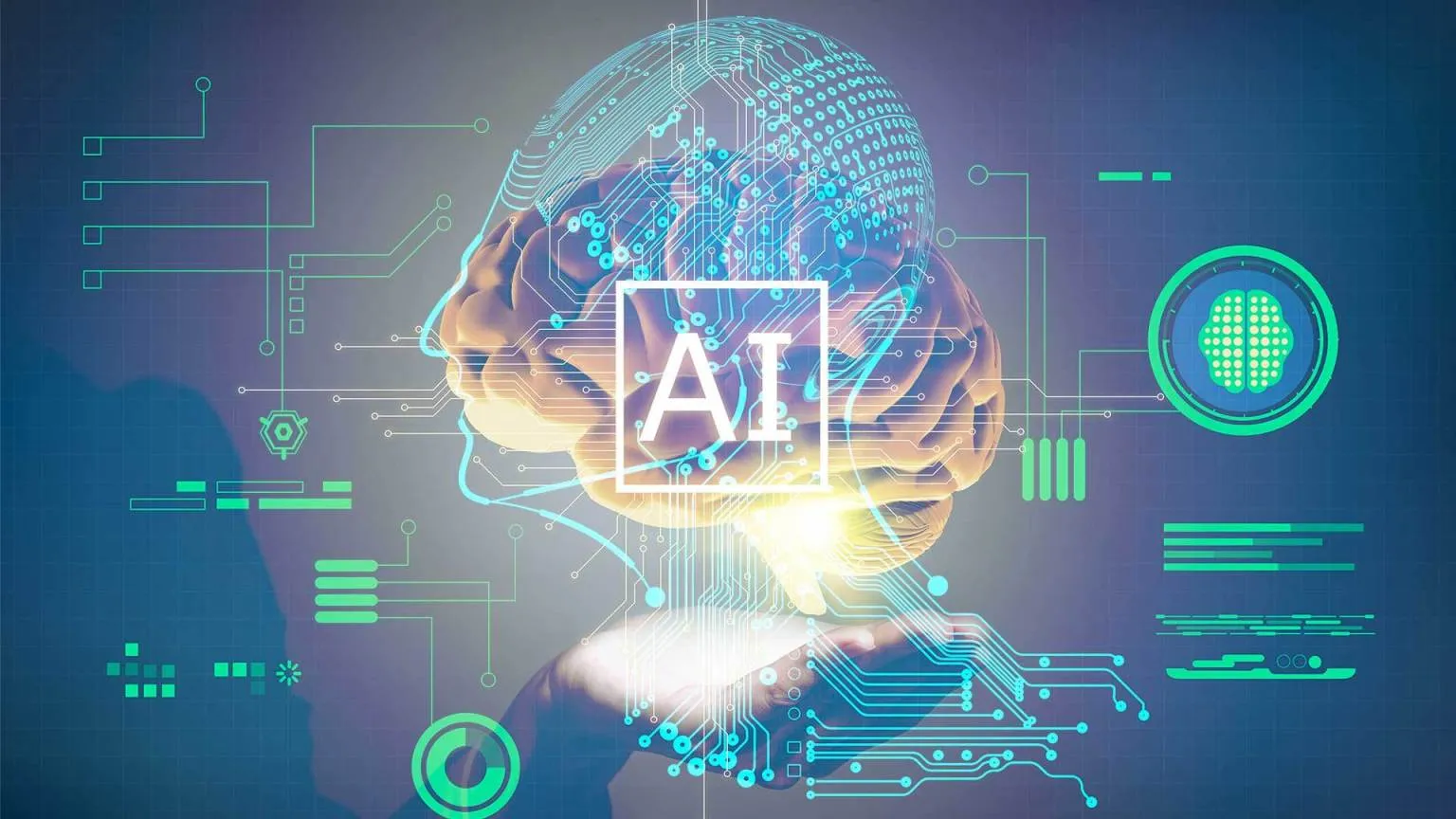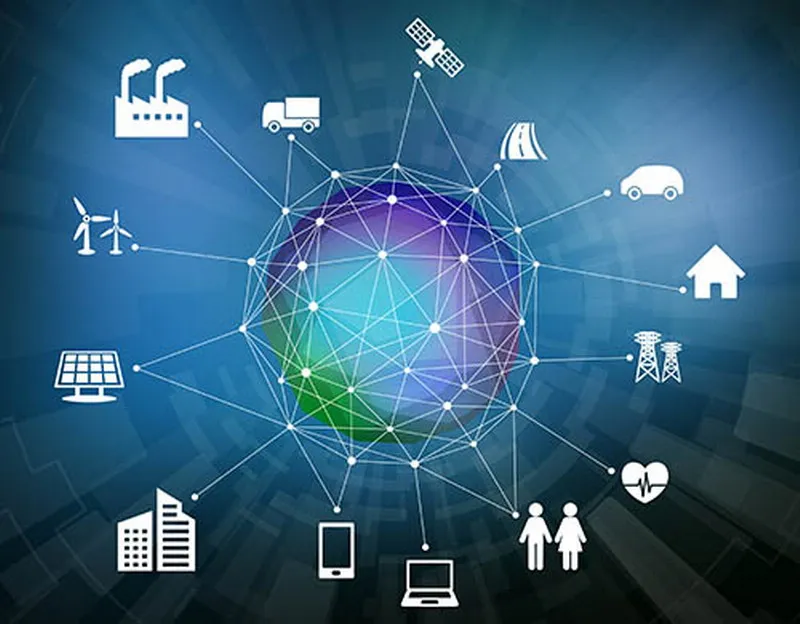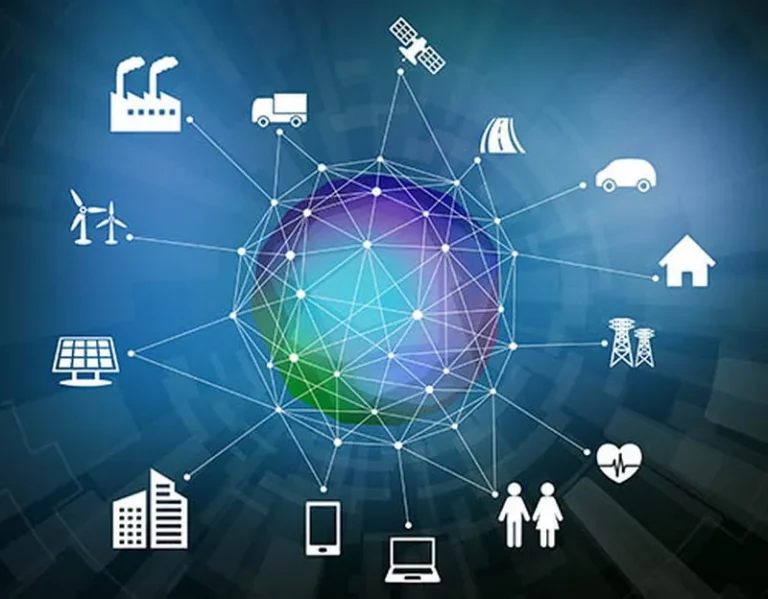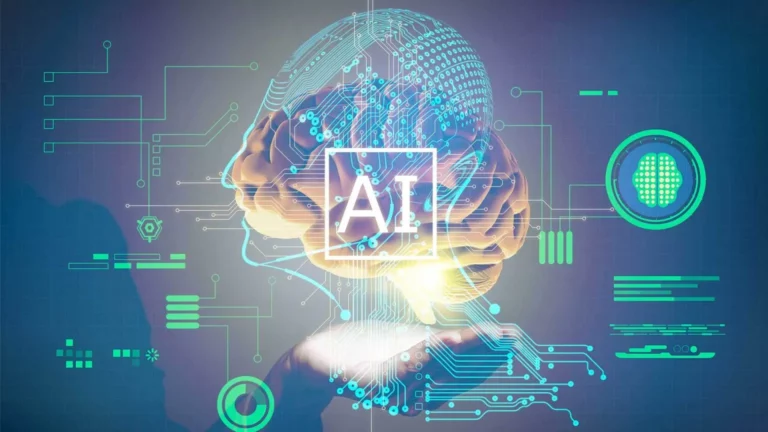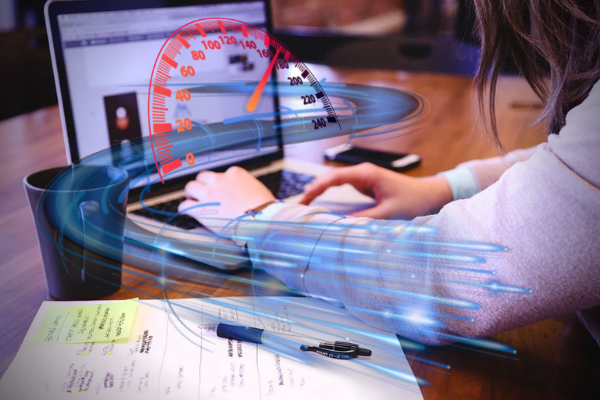GPT-3 Coding Challenges: Overcoming Barriers with AI
Propagation of GPT-3 in software development
Automating backend configuration using GPT-3
Instead of manually configuring the application backend, GPT-3 can help developers on platformsno-codecreate the main elements of the server part. By simply describing the desired functionality or outcome, GPT-3 can create a database schema, suggest optimal data relationships, or even generate initial configurations for server settings.
This automatic configuration saves time and minimizes the risk of human error. It standardizes backend configuration processes, ensuring consistency and adherence to best practices. As a result, developers can focus on customizing the features that matter most to end users.
Code generation and user interface improvement
Even in environmentsno-codeSituations arise when fragments of custom code are required. GPT-3 deep learning algorithms can fill this gap by generating blocks of code for specific use cases or for integrating third-party services. In addition, GPT-3 can optimize aspects of user interface design by suggesting improvements or creating dynamic elements based on user interaction data.
Promoting interactivity with AI-driven logic
At the core of any application is its business logic – the real “brains” of the operation. Thanks to the capabilities of GPT-3, usersno-code, can create complex business logic without writing a single line of code. Users can define scenarios and results, and GPT-3 can transform them into functioning logic gates that can be connected to the platformno-code.
AppMastertakes advantage of this by allowing users to visually define business processes. GPT-3 can complement this by providing suggestions for process optimization or automating the creation of routine logic, thereby improving operationsno-code.
Learn and document on the fly
GPT-3 stands out for its ability to generate human-like text. This feature becomes especially useful in the areano-code, where documentation and training materials are critical for new users. With GPT-3 you can automatically generate up-to-date documentation tailored to the specific components and functions used on the platformno-code.
Educational content designed to enhance users’ knowledge of the platform can be personalized, providing an adaptive learning experience that can accelerate upskilling and application development.
Scalability and future-proofing
Integration of GPT-3 with the platformno-codesuch asAppMaster, not only improves productivity today, but also prepares applications for the future. As new development patterns and methods emerge, GPT-3 can adapt and provide ongoing insight into the evolution of application development. This ensures that both the platform and the applications built on top of it remain at the forefront of technology, providing scalability in line with industry trends.
Combining GPT-3 AI capabilities with platform accessibilityno-coderepresents a powerful synergy. This combination improves productivity, accelerates application development, and opens new horizons for innovation in software creation. As artificial intelligence technologies develop, their integration into platformsno-code, will undoubtedly deepen, leading to further transformation of the development ecosystem.
The Future of AI Coding: Trends and Predictions
As we stand on the cusp of a new era in software development, one dominated by the integration of AI into all aspects of coding, it is critical to look ahead and anticipate upcoming trends and what they may portend for both developers and the tech industry. AI-powered coding, especially with tools like GPT-3, is not just a passing fad; it promises to change the way we conceptualize, build, and maintain software. Let’s dive into some of the trends and forecasts that are likely to characterize this growing area.
Towards greater autonomy in code generation
The potential of tools like GPT-3 for autonomous code generation heralds a future in which more sophisticated AI models solve increasingly complex coding problems. This trend is likely to continue as AI becomes more aware of the context and intentions of developers. AI will soon be able to create entire sections of code with minimal human intervention, providing templates and structures tailored to the project’s requirements.
AI as a collaboration partner
AI is designed to become an indispensable partner in the development process. Instead of being just a tool, AI will become a collaborator that offers suggestions, learns from interactions, and even anticipates the needs of developers based on their habits and project history. This will lead to a more dynamic and interactive coding environment in which the lines between human and artificial intelligence contributions blur.
Increased focus on developer experience (DX)
As AI tools for coding become more common, the focus will shift towards improving the development experience (DX). This includes improving the usability and intelligence of programming assistants using artificial intelligence. Tools like GPT-3 can evolve to provide more intuitive offerings, smoother IDE integration, and more seamless integration with existing developer workflows.
Testing and debugging based on artificial intelligence
Debugging and testing are integral but time-consuming areas of development. The future of AI in this field looks bright as we can expect to develop AI models that not only predict where errors are likely to occur, but also suggest corrective measures or even actively fix errors, thereby speeding up the development cycle.
Adaptive learning and personalization
AI-powered coding tools will increasingly use adaptive learning strategies to personalize the development process. By analyzing past code and projects, these tools can adapt to a developer’s coding style and preferences, thereby increasing efficiency and reducing the learning curve required to work with new technologies or languages.
Increased accessibility and democratization of development
GPT-3 and similar technologies are expected to democratize software development, making it more accessible to people without formal programming training. PlatformsNo-code, such asAppMaster, are at the forefront of this movement, integrating artificial intelligence to enable users to create complex applications without writing a single line of code.
Ethical and safety implications
While AI promises to improve the coding process, ethics and safety issues will come to the fore. Issues related to bias, accountability, and security in AI-generated code will prompt the industry to establish new standards and practices to ensure that AI-powered coding tools are not only efficient, but also responsible and safe.
Interdisciplinary applications of artificial intelligence
Integrating AI into software development will not be limited to conventional applications; we will see AI solving coding problems in various fields such as bioinformatics, quantum computing and complex financial systems. Cross-pollination of disciplines will lead to innovative solutions that would be unattainable without the computational creativity that AI brings.
These trends and forecasts provide a glimpse into a future that combines the precision and power of artificial intelligence with the sophistication of human creativity. As AI-powered coding technologies evolve, they are poised to redefine productivity, innovation, and the nature of software development itself.
What is GPT-3 and what does it have to do with coding?
GPT-3 is an advanced artificial intelligence language model developed by OpenAI. It is important for coding because of its ability to understand and generate human-like text, aid in coding, debugging, and even automate repetitive programming tasks.
What are the trends and forecasts for the development of AI in programming for the near future?
Trends and predictions for AI in coding include more intuitive AI development environments, increased use of AI in debugging and testing, and an increase in AI-generated code for rapid prototyping.
What are the success stories of using GPT-3 in coding projects?
There are various success stories where GPT-3 has helped streamline coding projects by providing solutions to automate coding, fix errors, and offer intelligent documentation support.
Can GPT-3 replace human developers?
While GPT-3 can help and improve productivity, it is unlikely to completely replace human developers due to the need for creative problem solving, understanding design nuances, and ethical considerations in development.
How does GPT-3 impact the learning process for new developers?
For new developers, GPT-3 serves as an invaluable learning tool, offering code examples, explanations, and resources that accelerate understanding of various programming languages and development concepts.
How do developers ensure the quality of the code generated by GPT-3?
Developers can ensure the quality of code generated by GPT-3 through rigorous testing, code review, and integration of the generated code with established development practices to verify its accuracy and efficiency.
Can GPT-3 be integrated with no-code platforms and how?
Yes, GPT-3 can be integrated with platformsno-codesuch asAppMasterto improve functionality. It can automate aspects of application development such as writing logic, creatingendpointsAPIs, etc., making it easier for non-technical users to develop applications.
How can GPT-3 overcome certain coding barriers?
GPT-3 can overcome coding barriers by providing accurate code recommendations, optimizing code, identifying and fixing errors, creating documentation, and helping you understand complex code structures, greatly reducing the time and effort required to solve programming problems.
What are the limitations of GPT-3 in the context of coding?
While GPT-3 offers great potential, it has coding limitations, including potential inaccuracies in complex code generation, lack of understanding of the business context of the code, and possible dependence on large data sets that can impact the learning curve.
Is GPT-3 suitable for all types of coding projects?
While GPT-3 is versatile, it may not be suitable for all types of projects, especially those that require advanced specialized knowledge for which the AI is not trained, or projects with strict security requirements that limit AI integration.
Can GPT-3 help with API development and integration?
Yes, GPT-3 can greatly assist in API development and integration by generating boilerplate code, creating API documentation, and even creating mock servers for testing, thereby speeding up the development cycle.
How can GPT-3 improve coding performance for experienced developers?
GPT-3 can improve the productivity of experienced developers by reducing manual coding of known patterns, suggesting optimizations, streamlining the development of proofs of concept, and freeing up time to focus on more complex aspects of development.

